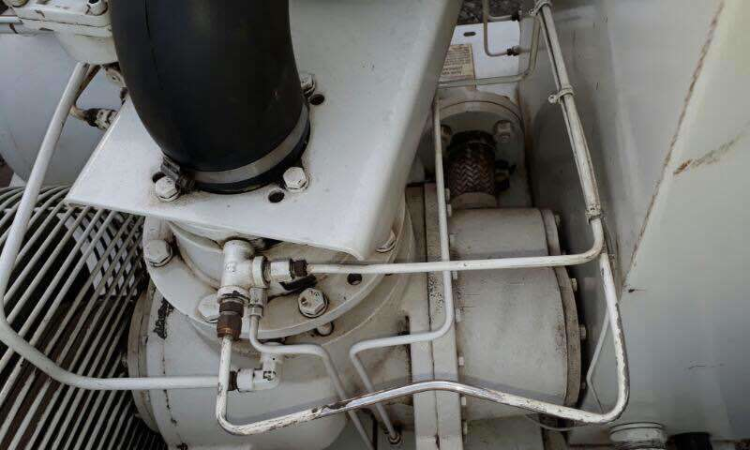
A Denver air compressor is a machine whose job is to increase the pressure of a fluid. Unlike other types of devices, the compressor raises the pressure of compressible fluids such as air and all kinds of gases.
As we have said, all compressors increase the pressure of a gas, but they do not do it in the same way. There are many types of compressors, depending on their design. The best known are:
– Positive displacement:
- Piston compressors
- Screw compressors
- Vane compressors
- Rotary lobe or rotary piston compressors
- Scroll compressors
- Vacuum pumps
– Dynamic
- Axial, centrifugal compressors
- Radial centrifugal compressors
Four steps must be followed for the compression to be performed correctly. First, we have evaporation, which is the heat input to the Denver air compressor; second, compression, which takes place when the valves open and close due to heat; third, condensation, which is the heat output of the compressor; fourth, valve expansion, which is performed quickly when all the heat that was in the compressor comes out. These steps are simple and are repeated as a cycle in which the compressor performs the same function.
Compressors, in general, have different parts, but the cylindrical compressor has the following:
- Cylinder through which the heat passes
- The piston that sucks in/compresses the gas
- Driveshaft
- Stator
- Exhaust valve
- Sliding blade spring
- Each of these parts is important to the proper operation of the compressor.
When applying paint with a Denver air compressor, it should be noted that oil-based finishes are much easier to use. However, acrylic and latex finishes can also be used. For thicker or more viscous paints, it is recommended to add an appropriate thinner to flow effectively and apply correctly.
Before applying the paint, you must prepare the surface to be painted and protect yourself by using a mask, safety glasses, and gloves.
To begin, turn on the compressor, let the pressure rise, and then test the blowtorch. The pressure of the Denver air compressor must be regulated to avoid fluctuations in the paint flow. It is recommended to adjust the compressor regulator between 12 and 25 pounds per square inch (LPP); the adjustment will depend on the torch to be used. It should also be verified that the hose coupling is well adjusted to the torch.
After preparing the paint, it is placed in the torch container, covering 2/3 of it. It is necessary to ensure that the color does not contain lumps or any other external elements that can obstruct the siphon tube or the dosing valve.
It is recommended to make a paint test on some objects to verify the corresponding adjustments of the airflow and the paint itself.
To apply the paint on the wall or workpiece, the sprayer should be held about 5 to 10 inches away from the surface and moved back and forth with sweeping motions. Each pass of paint should overlap the previous one to avoid marking small spots. If a second coat of paint is required, the procedure should be repeated after the first coat is completely dry. At the end of the work, all the components of the blowtorch should be carefully cleaned.
Compressors can be used to inflate car tires, motorcycles, bicycles, or any other inflatable items. In the garden or other areas of the home, they can be used for cleaning. They are also instrumental and practical when performing maintenance and cleaning of other tools.
Another of the jobs for which air compressors are used is to apply paint and varnish on parts or walls. On the other hand, compressors are highly used to power pneumatic tools.

